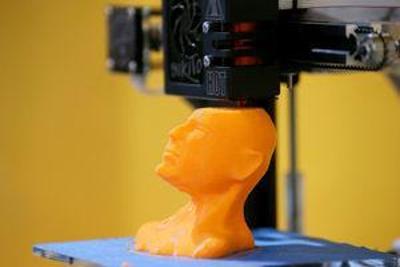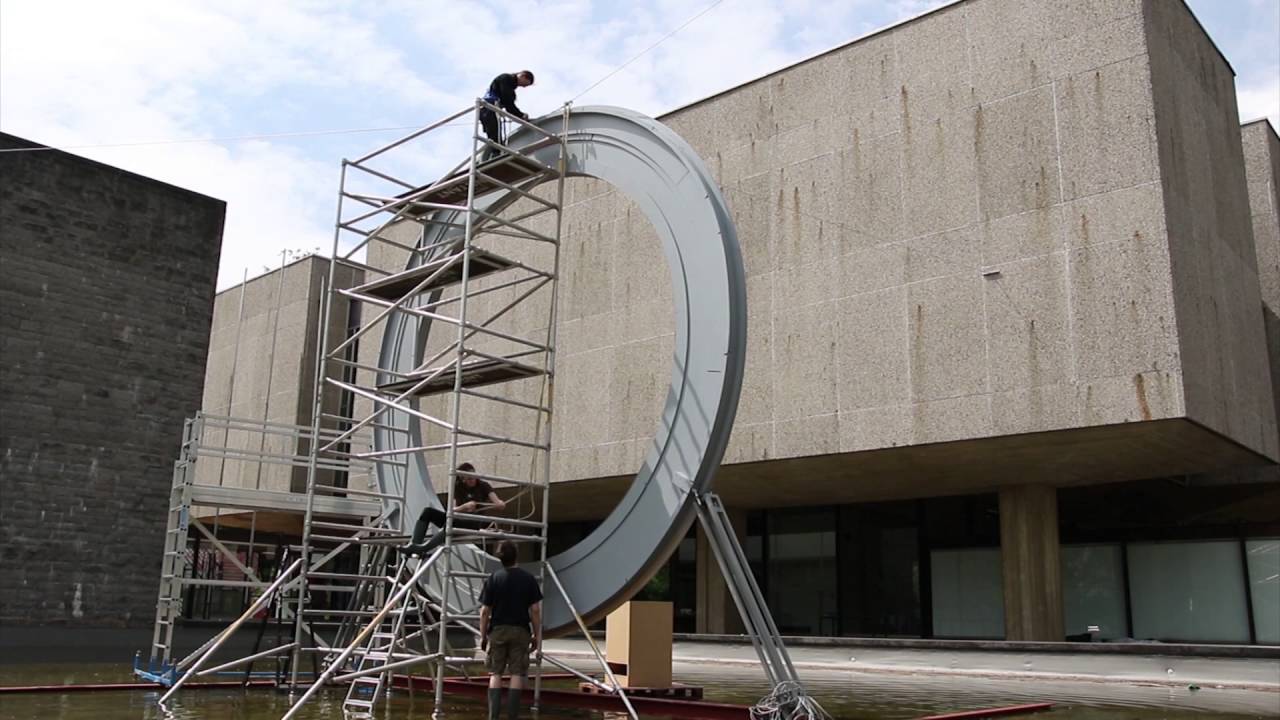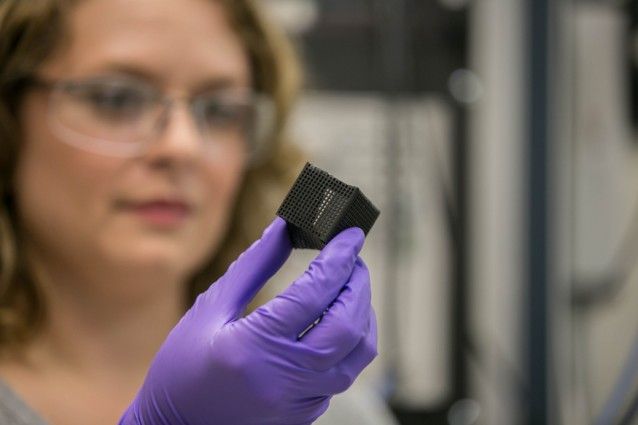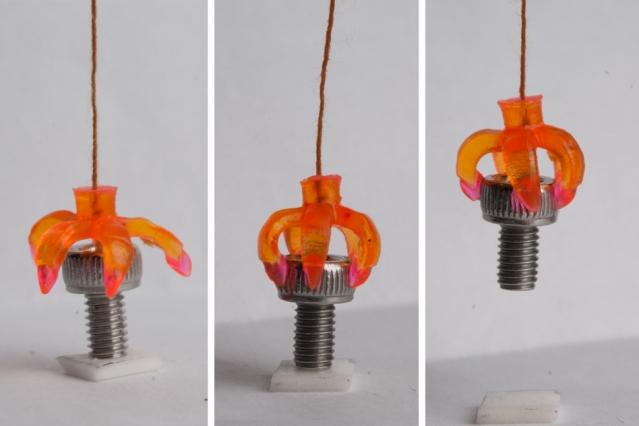Page 10852
Aug 27, 2016
DeLorean Motor Company will release new car in 2017
Posted by Shailesh Prasad in categories: biotech/medical, law, transportation
The first prototype of DeLorean appeared in October 1976, and production officially began in 1981 in Dunmurry, a suburb of south west Belfast, Northern Ireland (with the first DMC-12 rolling off the production line on January 21). The car features gull-wing doors and an innovative fiberglass chassis and underbody structure, along with a brushed stainless steel body.
DMC became famous for its appearance and was modified as a time machine in the Back to the Future film trilogy. A little more than 8,500 DMC-12s left DeLorean’s factory in Northern Ireland between 1981 and 1983, until its founder John DeLorean’s was arrested by the FBI on charges of drug trafficking.
Actually, it is quite impressing that Texas-based DeLorean Motor Company could soon initiate again its production thanks to a new law which exempts small volume car manufacturers from the safety requirements applied to the newly cars. On January 27, 2016, in Humble, Texas location, the car maker announced that production will resume and “new” DMC-12’s will be rolling off the assembly line in early 2017.
Continue reading “DeLorean Motor Company will release new car in 2017” »
Aug 27, 2016
Ultraviolet light reveals how ancient Greek statues really looked
Posted by Shailesh Prasad in category: media & arts
Original Greek statues were brightly painted, but after thousands of years, those paints have worn away. Find out how shining a light on the statues can be all that’s required to see them as they were thousands of years ago.
Although it seems impossible to think that anything could be left to discover after thousands of years of wind, sun, sand, and art students, finding the long lost patterns on a piece of ancient Greek sculpture can be as easy as shining a lamp on it. A technique called ‘raking light’ has been used to analyze art for a long time. A lamp is positioned carefully enough that the path of the light is almost parallel to the surface of the object. When used on paintings, this makes brushstrokes, grit, and dust obvious. On statues, the effect is more subtle. Brush-strokes are impossible to see, but because different paints wear off at different rates, the stone is raised in some places – protected from erosion by its cap of paint – and lowered in others. Elaborate patterns become visible.
Ultraviolet is also used to discern patterns. UV light makes many organic compounds fluoresce. Art dealers use UV lights to check if art has been touched up, since older paints have a lot of organic compounds and modern paints have relatively little. On ancient Greek statues, tiny fragments of pigment still left on the surface glow bright, illuminating more detailed patterns.
Continue reading “Ultraviolet light reveals how ancient Greek statues really looked” »
Aug 27, 2016
These 3D-printed structures return to their original shapes after being distorted
Posted by Karen Hurst in category: 3D printing
Luv this.
A team of engineers has used light to print 3D structures that “remember” their original shapes even after being stretched, twisted and bent at extreme angles.
 (Representative image)
(Representative image)
Aug 27, 2016
Now You Can Print Parts For Your Motherboards With 3D Printer
Posted by Karen Hurst in category: 3D printing
This could be bad news for some companies.
Many people love the flexibility of building their PC. They know that they can say what they want, how they want it. Each individual component in the PC can be customized to how the user wants it. Some people build them to achieve the top specifications while others will build them as cheaply as possible as are on a budget. Whatever the reason for building a PC, a little help has now been offered by ASUS, which will allow you to use 3D printing to print simply the components you need.
What ASUS plans to do is provide CAD files to customers to use their 3D printer to print their very own motherboard components. But, the printing is more for aesthetic reasons rather than anything else. The idea behind it is that consumers will be able to create a personalized look for their motherboard, or print other components in a particular color. Some suggestions also include being able to print company logo’s on parts also.
Continue reading “Now You Can Print Parts For Your Motherboards With 3D Printer” »
Aug 27, 2016
Full-size, 3D-printed Stargate portal replica took 1,000 hours to create
Posted by Karen Hurst in category: 3D printing

Art imitated in life again.
A 3D-printed, 20-foot Stargate portal replica is the centerpiece of a new exhibition at Belgium’s Musée royal de Mariemont.
Aug 27, 2016
3D design and 3D printing have become viable tools for nuclear sector, specialists say
Posted by Karen Hurst in category: 3D printing
Interesting.
3D design and 3D printing technologies have finally become viable tools for the nuclear sector, and various research projects have shown that they have the potential to greatly increase maintenance efficiency and reduce production costs.
Aug 27, 2016
Researchers Create Microstereolithography for 4D Printing, Potential for Impacts in Medical, Solar & More
Posted by Karen Hurst in categories: 3D printing, 4D printing, augmented reality, biotech/medical
 Technology can be confusing when it begins moving at such an accelerated rate, perfectly exemplified by the 3D industry, and encompassing all that goes with it, from 3D scanning to 3D printing and then peripheral industries that are often connected too such as augmented and virtual realities. We’ve barely digested all the stunning innovations making impacts in so many different sectors, from 3D printed medical models that allow for more complex surgeries, to 3D printed parts for a suspension system that make racing bikes go faster, all the way to incredible toys for your kids using augmented reality systems.
Technology can be confusing when it begins moving at such an accelerated rate, perfectly exemplified by the 3D industry, and encompassing all that goes with it, from 3D scanning to 3D printing and then peripheral industries that are often connected too such as augmented and virtual realities. We’ve barely digested all the stunning innovations making impacts in so many different sectors, from 3D printed medical models that allow for more complex surgeries, to 3D printed parts for a suspension system that make racing bikes go faster, all the way to incredible toys for your kids using augmented reality systems.
Yet, while work is definitely just beginning in the 3D realm, scientists have already begun exploring a range of uses for 4D technology that should prove offer impacts in just as many applications, from the medical field to electronics and far beyond. It might seem like a lot all at once, but the two technologies definitely work together, with the 4D emphasis adding a more intuitive, smart angle to fabrication.
As we’ve seen in other studies using the application of heat, it would appear that 3D printed objects can be treated or manipulated to cause shapes to morph according to their environment, as well as remembering their previous state and going back to it in the appropriate conditions. Now, teams from both MIT and the Singapore University of Technology and Design (SUTD) are employing light in their endeavors to create smart structures. They’ve had good success too, if the amount of torturing they’ve put these materials through is any indication. According to the engineers, they’ve twisted, bent, and stretched everything from small coils to flowers fabricated out of numerous materials, and even a replica they made of the Eiffel tower. As is the case with structures being pushed into the 4D realm, all of the above materials reverted.
Aug 27, 2016
Going beyond 3D printing to add a new dimension for additive manufacturing
Posted by Karen Hurst in categories: 3D printing, materials

A team of Lawrence Livermore National Laboratory researchers has demonstrated the 3D printing of shape-shifting structures that can fold or unfold to reshape themselves when exposed to heat or electricity. The micro-architected structures were fabricated from a conductive, environmentally responsive polymer ink developed at the Lab.
In an article published recently by the journal Scientific Reports (link is external), Lab scientists and engineers revealed a strategy for creating boxes, spirals and spheres from shape memory polymers (SMPs), bio-based “smart” materials that exhibit shape-changes when resistively heated or when exposed to the appropriate temperature.
Continue reading “Going beyond 3D printing to add a new dimension for additive manufacturing” »
Aug 27, 2016
As brain maps proliferate, scientists aim to sync them up
Posted by Karen Hurst in categories: biotech/medical, neuroscience
Brain maps seem to come out in rapid succession these days. They take various forms: a map for word concepts, a map of individual cells’ activity, a map based on the organ’s physical contours.
What they share in common is the aspiration to take the lumpy mass of the brain and categorize it, somehow, into useable areas — not unlike the textbook brain images with their colored denotations of “occipital lobe” and “frontal cortex.”
But these maps often come along with a problem: They may not sync up with the other maps. Now a group of scientists have managed to sync up two of the most commonly used types of brain maps — for gene expression and brain structure — and they’re releasing their methods to any and all in the scientific community.














